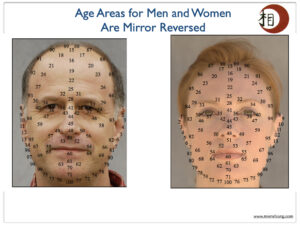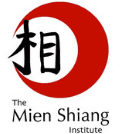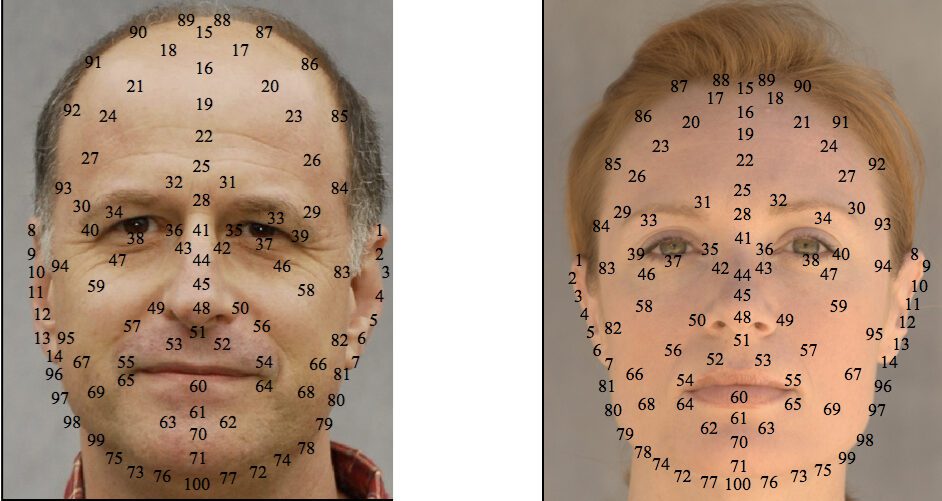Every line, wrinkle, spot, coloration, scar, and blemish tells a story of how we have handled the trials and tribulations that have come our way. Each marking is proof that we have felt the emotions of our experiences, and learned the lessons they offered. The absence of these markings reveals that we most likely have not felt the emotions, nor learned our lessons.
If we push down our feelings we cannot learn and grow, and that shows on our faces. It is not natural to have no markings on our faces as we age. These are marks of wisdom; be proud of your life lessons. This is the first blog in a series of three blogs about the marks of wisdom and their meaning. In the next blog, I will write about an area called the Seat of the Stamp, or Yin Tong, and what you can learn from the marks of wisdom in this area. The last blog in this series will focus on other marks of wisdom and how to read them.
As we age our face changes. We get wrinkles and lines, dark spots, and shadings. And though we tend to resent them, these signs of experience are good because they are recording our chronological passages of life. They are visual proof that we have been feeling the emotions of our experiences, struggling through our difficult times, and learning the lessons of life.

We can celebrate them as marks of wisdom that come with age. Most markings appear on an area of the face that represents the age that the emotional experience first occurred.
The Face Represents a Chronological Map of Experiences:
- left ear rim — conception to early childhood (mirror reverse for women)
- right ear rim — mid-childhood to adolescence (mirror reverse for women)
- hairline to eyebrows — adolescence through the 20s
- eyebrow area — early 30s
- eye area — mid to late 30s
- nose — 40s
- mouth area — 50s
- chin — 60s
- jaw — 70s and beyond
Facial lines and markings generally appear first on the forehead and work their way down to the bottom of the chin over the years. Take a close look at your own face, at your parents’, your children’s, siblings’, friends’, and co-workers’ faces and see if their marks of passage correspond with their ages.
Using Mien Shiang we read the face by interpreting the appearance of the lines and marks. We look for placement, size, shape, depth, color, and shading of each line and marking.
In the next blog, I will in greater detail about the lines near the eyes and what they mean. This information will help you read faces and understand the marks of wisdom. For more information on the marks of wisdom or to book a face reading session click here

